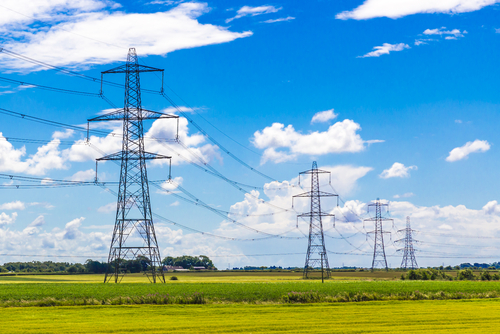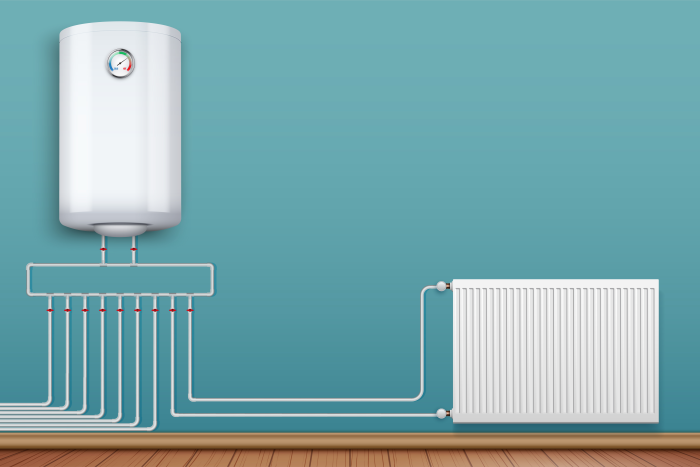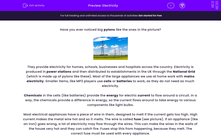What is the National Grid?
Have you ever noticed big pylons like the ones in the picture?

They provide electricity for homes, schools, businesses and hospitals across the country. Electricity is produced in power stations and then distributed to establishments in the UK through the National Grid (which is made up of pylons like these). Most of the large appliances we use at home work with mains electricity. Smaller items, like MP3 players use cells or batteries to work, as they do not need as much electricity.
What is electric current?
Chemicals in the cells (like batteries) provide the energy for electric current to flow around a circuit. In a way, the chemicals provide a difference in energy, so the current flows around to take energy to various components such as light bulbs.
Most electrical appliances have a piece of wire in them, designed to melt if the current gets too high. High current makes the metal wire hot and so it melts. The wire is called a fuse (see picture). If an appliance (like an iron) goes wrong, a lot of electricity may flow through the wires. This can make the wires in the walls of the house very hot and they can catch fire. Fuses stop this from happening because they melt. The correct fuse must be used with every appliance.

Old-style light bulbs (not the low energy sort) have thin metal wires in them called filaments. If the filament gets hot enough it glows. This is what happens when electricity flows through it. Filaments have high resistance. This means that it is very hard for electric current to flow through them.
All materials are made of tiny atoms and all atoms have smaller particles in them called electrons. In some materials, electrons move around easily. An electric current is a flow of electrons and it carries energy from the cells or the mains electricity to the components. Metals are conductors of electricity because electrons inside them can move around easily, so electricity is transferred from electron to electron. In electrical insulators, such as plastic, electrons cannot move around easily, so electricity does not flow through the material.
The 'Central Heating' model
It is easy to understand what happens in a circuit, if we use models. If you think about the central heating system in a house, it has a boiler which supplies all the heat energy, and then pipes carry the water all around the house to radiators. The water flows in a circuit, back to the boiler.

In this model, the boiler represents the cell or battery, the radiators in each room represent electrical components (e.g. bulbs), and the pipes represent the wires.
The table shows how an electrical circuit is similar to the central heating system in a house.
| Central heating model | Electrical circuit |
| Provides thermal energy | Provides light energy |
| Boiler transfers energy to the water and pushes the water through the pipes | Cell transfers energy to the electrons and pushes them through the wires |
| Hot water flows in the pipes | Electrons flow through the wires |
| Energy is transferred from hot water to the room in the radiator | Energy is transferred to the room as light (and heat) in the bulb |
| The same amount of water flows through the pipes at all times | The same amount of current flows through the wires at all times |
Right, let's try some questions now!








